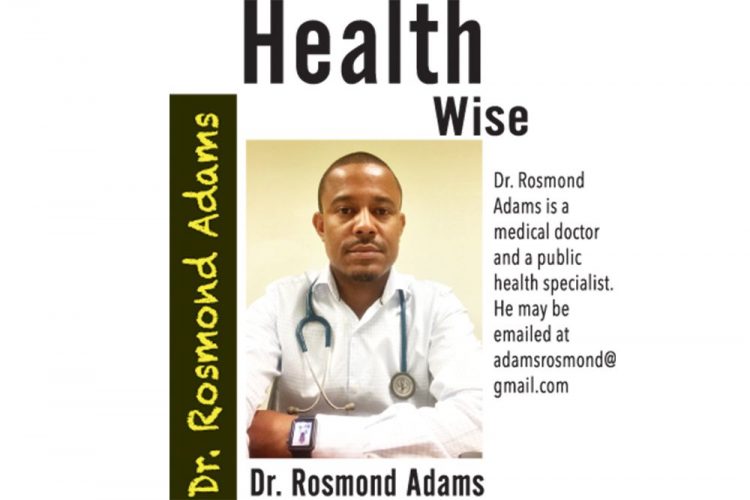Human papillomavirus (HPV) and cervical cancer

I am again compelled to write on the issues of human papillomavirus (HPV), cervical cancer and vaccines, after reading the long epistle by the anti-vaccine movement, in an effort to scare and prevent the introduction of the HPV vaccine in St Vincent and the Grenadines.
I feel morally and professionally obligated to contribute to this important debate as a father of two young girls and as a public health professional, with regional responsibility for the prevention and control of communicable diseases.
Human papilloma viruses (HPVs) are a group of more than 200 related viruses. More than 40 HPV types can be easily spread through direct sexual contact, from the skin and mucous membranes of infected people, to the skin and mucous membranes of their partners. They can be spread by vaginal, anal, and oral sex. Other HPV types are responsible for non-genital warts, which are not sexually transmitted.
There are two categories of sexually transmitted HPV types. Low-risk HPVs, which do not cause cancer, but can cause skin warts (technically known as condylomata acuminata) on or around the genitals and anus. For example, HPV types 6 and 11 cause 90 per cent of all genital warts.
The second type is high-risk HPVs, which can cause cancer. About a dozen high-risk HPV types have been identified. Two of these, HPV types 16 and 18, are responsible for most HPV-caused cancers.
HPV infections are the most common sexually transmitted infections in the United States. About 14 million new genital HPV infections occur each year. In fact, the Center for Disease Control and Prevention (CDC) estimates that more than 90 per cent and 80 per cent, respectively, of sexually active men and women will be infected with at least one type of HPV at some point in their lives. Around one-half of these infections are with a high-risk HPV type. This data is not available for St Vincent and the Grenadines, but I am certain that a similar trend exists.
Most high-risk HPV infections occur without any symptoms, go away within one to two years, and do not cause cancer. Some HPV infections, however, can persist for many years. Persistent infections with high-risk HPV types can lead to cell changes that, if untreated, may progress to cancer.
Anyone who has ever been sexually active (that is, engaged in skin-to-skin sexual conduct, including vaginal, anal, or oral sex) can get HPV. HPV is easily passed between partners through sexual contact. HPV infections are more likely in those who have many sex partners, or have sex with someone who has had many partners. Because the infection is so common, most people get HPV infections shortly after becoming sexually active for the first time. A person who has had only one partner can get HPV.
People who are not sexually active almost never develop genital HPV infections. In addition, HPV vaccination before sexual activity can reduce the risk of infection by the HPV types targeted by the vaccine.
The Food and Drug Administration (FDA) has approved three vaccines to prevent HPV infection: Gardasil®, Gardasil® 9, and Cervarix®. These vaccines provide strong protection against new HPV infections, but they are not effective at treating established HPV infections or disease caused by HPV. Therefore, the best time to vaccinate is before one becomes sexually active.
Next week, I will continue on this topic.
Reference: https://www.cancer.gov/about-cancer/causes-prevention/risk/infectious-agents/hpv-fact-sheet
Dr Rosmond Adams, MD, is a medical doctor and a public health specialist. He is also an ethicist, with training in research ethics and medical ethics. He is the head of Health Information, Communicable Disease and Emergency Response at the Caribbean Public Health Agency (CARPHA).
He is also a member of the World Health Organization (WHO) Global Coordination Mechanism (GCM) on the Prevention and Control of Non-Communicable Diseases (NCDs).
(The views expressed here are not written on behalf of CARPHA nor the WHO)









